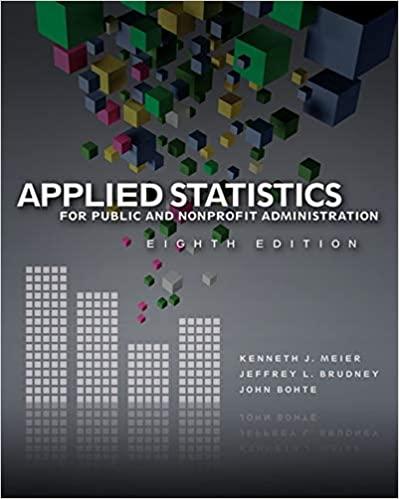The city of Madison, Wisconsin, needs to squeeze a bit more tax revenue out of its citizens.
Question:
The city of Madison, Wisconsin, needs to squeeze a bit more tax revenue out of its citizens. The city decides to charge $200 for each ambulance call. It knows that health and automobile insurance companies will pay this fee for those individuals who carry insurance. One concern is that people will not use the ambulance after it arrives when they are informed of the charge; this is called a dry run. To assess the impact of the new fee on the percentage of dry runs, monthly data for 80 months is gathered. The dependent variable is the percentage of dry runs. The in dependent variables are X1, a monthly fluctuation variable (ambulance calls are more frequent in the summer); X2, a trend variable coded 1 in the first month and coded 80 in the last; and X3, a long-term impact variable coded 0 before the $200 charge and coded as a countervariable (e.g., 1, 2, 3, 4, . . .) after the charge. The following regression is produced:

Ignore the first independent variable. Interpret the remaining slopes and R2 .
Step by Step Answer:

Applied Statistics For Public And Nonprofit Administration
ISBN: 9781111342807
8th Edition
Authors: Kenneth J. Meier, Jeffrey L. Brudney, John Bohte





